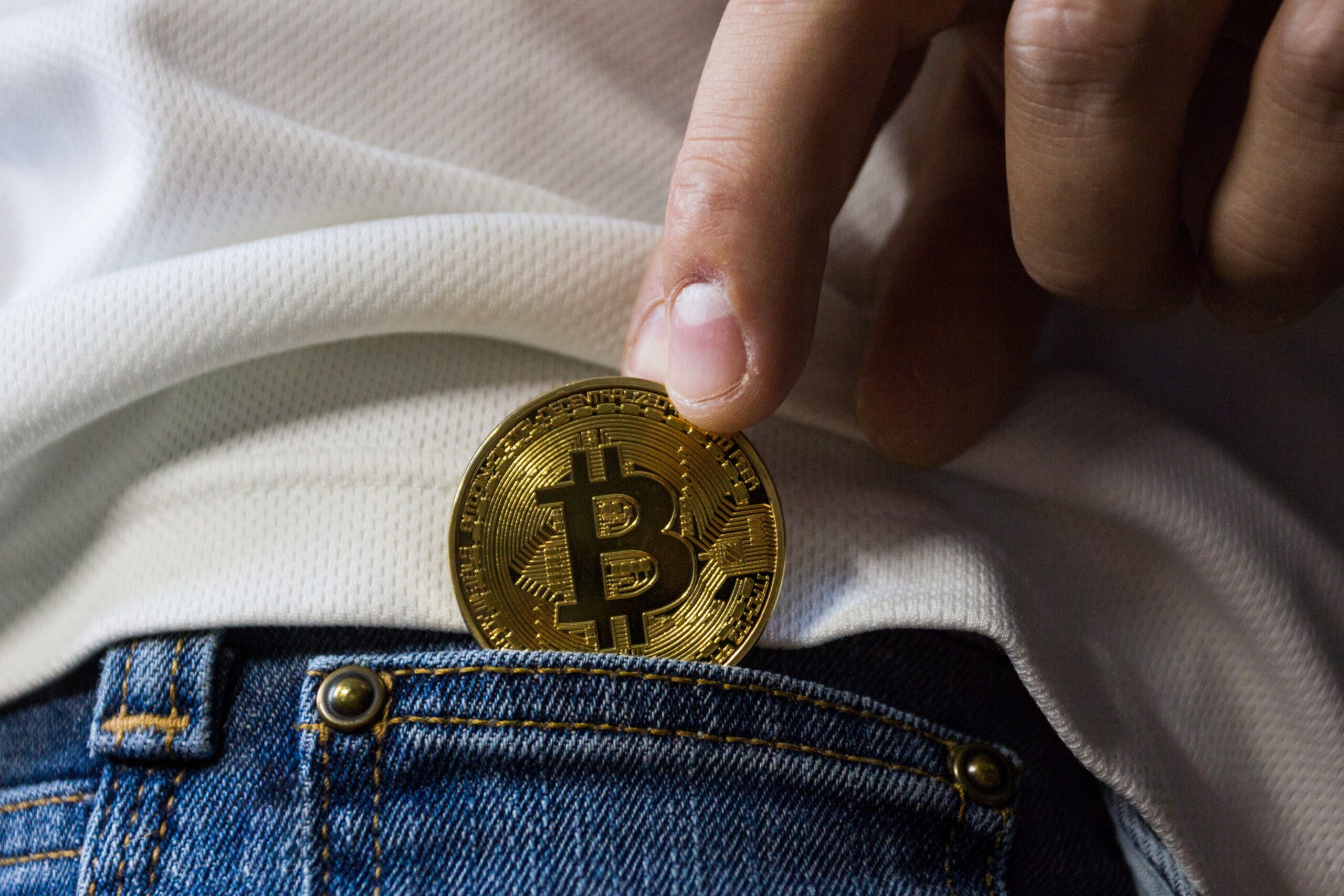How do Circulating Supply, Total Supply, and Maximum Supply Differ?
The demand and supply of a good in a given market are the primary elements that influence the price of a coin. When there are fewer coins available, the demand for them is higher, which in turn drives up the supply of the coin. Therefore, prior to making any investments in them or...

The demand and supply of a good in a given market are the primary elements that influence the price of a coin. When there are fewer coins available, the demand for them is higher, which in turn drives up the supply of the coin.
Therefore, prior to making any investments in them or beginning the mining process, it is essential for you to conduct a supply analysis of the coins.
Comparison of Circulating Supply, Total Supply, and Maximum Supply
When people are just starting out in the world of cryptocurrencies, it might be challenging for them to comprehend what cryptocurrency capitalization is. The supply and demand for a coin are the primary factors that determine its value.
When there is a reduced supply of something and a larger demand for it, the price goes up. Therefore, it is vital to examine the supply of a cryptocurrency before either investing in it or mining it.
The supply of most cryptocurrencies is restricted, however the supply of some cryptocurrencies does not have a cap (their supply is infinite). There are other tokens that have been produced by individuals or companies, and these tokens have subsequently been sold on the market (for example, Ripple).
A cryptocurrency’s market capitalisation is significantly impacted by a variety of factors, one of the most important of which is supply. This is where a lot of confusion arises for novices.
Circulating Supply
The number of coins or tokens that have been minted or that have been distributed into circulation is referred to as the Circulating Supply. This is an approximation of the amount of coins that are currently being used on the market and disseminated throughout circulation.
Total Supply
The total supply of coins is equal to the total number of coins that are already in circulation plus the number of newly minted coins that are not yet available for purchase (total supply).
The total supply refers to the total amount of coins that have ever been produced; however, not all of these coins are now in circulation. There are currencies, some of which have been set aside or blocked (frozen, for example, as it is the case with Ripple), and these coins are not available for purchase on the market.
In most cases, the difference between the total supply and the circulating supply is either zero or positive.
Maximum supply
A cryptocurrency will never have more than this number of coins in circulation at any given time. As soon as the quantity of coins reaches Maximum Supply, there will be no more coins issued from the cryptocurrency. This is due to the fact that they will have already achieved the maximum supply, which means that all coins will be in circulation at that point.
Supply Without Limits
There are certain coins of which there is an unlimited supply (for example, Ethereum). Although Ethereum does not have a Maximum Supply, it does have a circulating supply of 105196229 ETH. However, as Ethereum does not have a Maximum Supply, the maximum supply is limitless.
Although the scarcity of a coin is the primary factor that determines its value, there is another concept in economics known as time preference. Although it’s impossible to predict the future, it’s possible that the price of Ethereum will fall in the future; nonetheless, the amount of ETH that currently exists is not very much. In addition, the rate at which the coin is issued will gradually slow down, which will result in an increase in the value of the coin.
What happens when the coin reaches its maximum supply?
Let’s use Bitcoin as an illustration today. Around the year 2140, it is anticipated that the supply of BTC will reach its maximum.
Bitcoin users have complete control over the currency’s supply, and the reward for each block is gradually reduced every 4 years. By the year 2032, it is anticipated that 99 percent of Bitcoins will have been mined. In addition, the process of extracting the remaining one percent will take a whole century.
So, What Happens if The Total Supply of Currency Available is Exhausted?
The solution is straightforward: there will be no further price increases. If there is a greater demand for a coin, then its value will go up by a large amount. It is impossible to provide a definitive response to this issue but, based on how the cryptocurrency and blockchain business is evolving and how it is conquering more and more countries, some currencies most certainly have a future.
